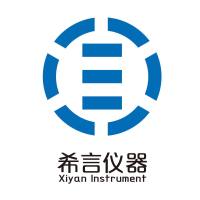A Glycomics Approach to the Discovery of Potential Cancer Biomarkers
互联网
互联网
相关产品推荐

Recombinant-Bovine-Short-transient-receptor-potential-channel-1TRPC1Short transient receptor potential channel 1; TrpC1 Alternative name(s): Transient receptor protein 1; TRP-1
¥15834

TRAIN CRSE,HPLC THEORY AND PRACTICAL APPROACH
询价

Recombinant-Mouse-Transient-receptor-potential-cation-channel-subfamily-V-member-3Trpv3Transient receptor potential cation channel subfamily V member 3; TrpV3
¥15806

Recombinant-Rat-Short-transient-receptor-potential-channel-1Trpc1Short transient receptor potential channel 1; TrpC1 Alternative name(s): Transient receptor protein 1; TRP-1
¥15526

Recombinant-Rabbit-Short-transient-receptor-potential-channel-1TRPC1Short transient receptor potential channel 1; TrpC1 Alternative name(s): Calcium influx channel TRPC1A
¥15526
相关问答

